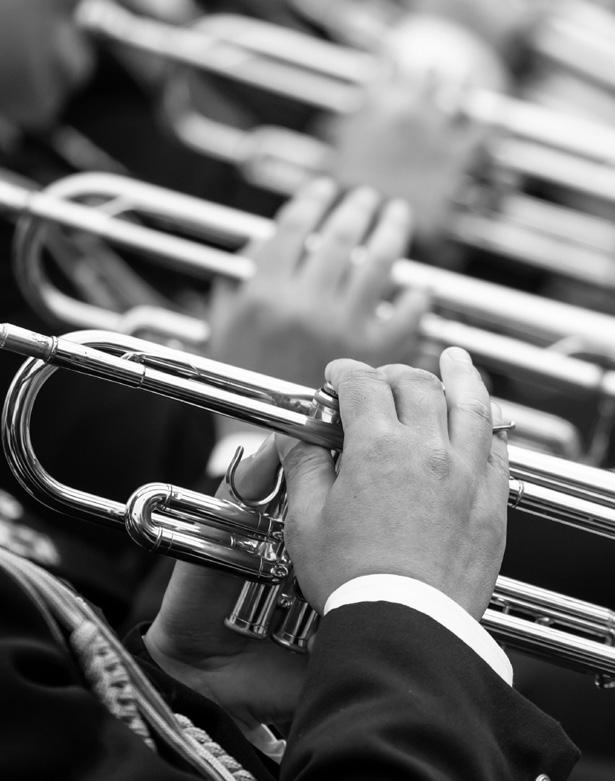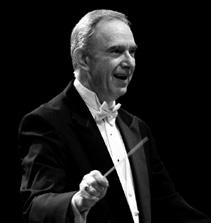PEDAGOGY
IMPORTED FROM JAPAN: A LOOK AT JAPANESE COMPOSERS COMPOSING FOR BAND
I
BY CHRISTOPHER HEIDENREICH
f you have recently attended Midwest, most likely you witnessed one of the highquality performances given by a wind band from Japan. Roughly the size of California with a population of approximately 126.5 million as of 2018, Japan, its musicians and people, reveres its wind bands. Many wind bands in Japan rehearse for two hours each day after school as well as on Saturday and Sunday, and often these groups are working to attain entrance to the exclusive All-Japan Band Contest held each October and November in Tokyo. While Japanese composers and orchestrators have crafted numerous popular sounding music and arrangements of musicals and the like, new music is regularly written on commission and for required compositions for the Band Contest. These pieces appear to go unnoticed by conductors in the United States. The results of the survey mentioned below indicate lack of profile or awareness of these works. In the Summer 2019 quarterly newsletter from the College Band Directors National Association, an informal review of concert programs revealed that over 1,400 total works were performed by schools reporting (including repeated works). Of that number, only 5 different works were performed by 4 composers from
38
the country of Japan. Further, in Teaching Music Through Performing in Band (TMTPB) Volumes 1-11 which includes over 880 total musical selections in grades 4-6, only 26 are by composers from Japan, less than 3 % of all works. In his book Wind Band and Cultural Identity in Japanese Schools, author David G. Hebert states that wind bands are “significant ensembles in contemporary Japanese society” (p. 3). In his first chapter, he affirms and demonstrates that these school bands are among the “world’s finest.” As noted by Timothy Reynish in his website titled “Japanese Music,” the country holds “an incredible wealth of music of all types” worth exploring with the ease of availability in publisher and composer websites. Below are brief biographies and descriptions of one selection each from eight composers born and musically trained in Japan, five selections for wind band and three for chamber ensembles. Four of the selections use authentic Japanese melodies, sometimes in full or utilizing folk melodic material for the music. Four of the selections are featured in TMTPB for further information or more detailed composer biographies, and their difficulty grades range from 3-5.
Associate Professor Dr. Christopher P. Heidenreich began serving at Louisiana Tech University as Director of Bands in the fall of 2021. Prior work includes fifteen years in higher education as well as fourteen teaching public school in Ohio. He completed his Doctor of Music in Wind Conducting from Indiana University in 2006 and holds degrees in Music Education from The Ohio State University and Bowling Green State University. In 2002, he was awarded the American School Band Directors Association’s “Distinguished Band Director” Award for the North Central Region, and in 2013 UM-Flint awarded him the Faculty Distinguished Service Award.
In addition to Hebert’s book and Reynish’s website, please see Professor Emeritus Ray Cramer’s article “Exploring the Japanese Band Culture” in Volume 7 of TMTPB for a personal view of the school programs in Japan. SONGS BY YO GOTO (B. 1958) Yo Goto has presented clinics and served as a guest conductor, and his works have been performed at many national and international conventions in the U.S. and abroad. He currently is the executive director of the Japan Academic Society of Wind Music, the executive advisor of the committee of the Japan Band Clinic, and professor at the Showa University of Music. Continued on next page
NBA JOURNAL






















